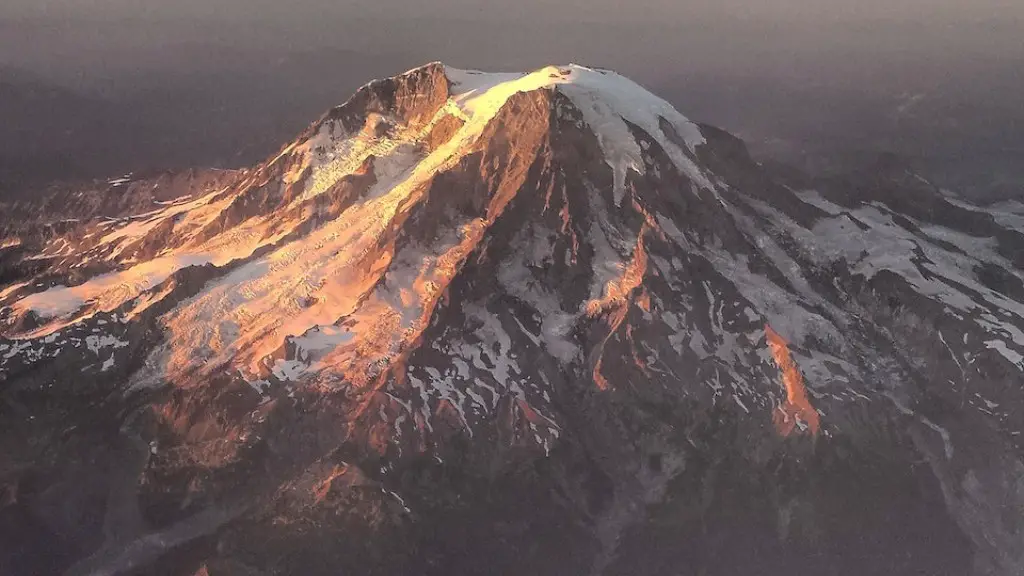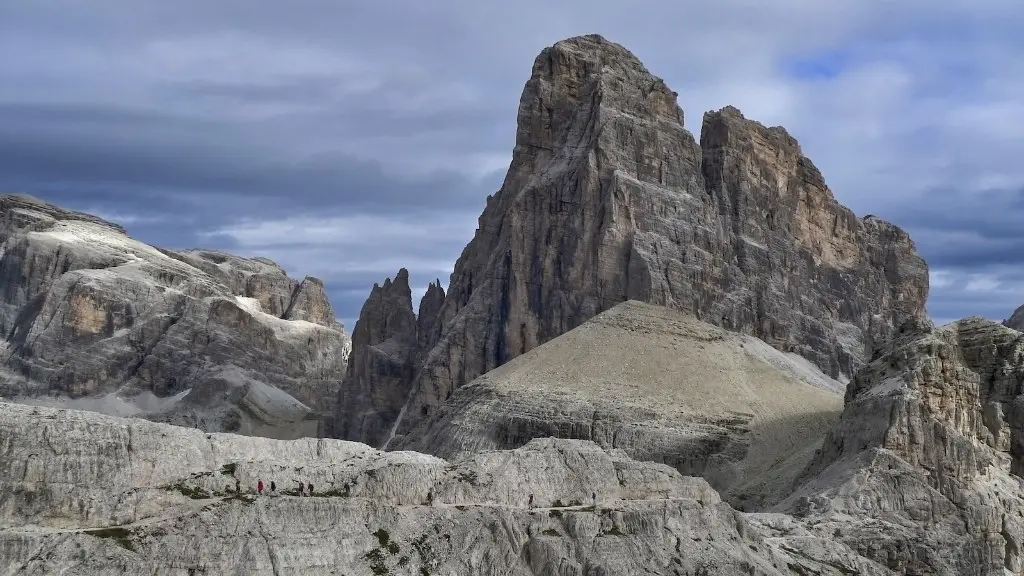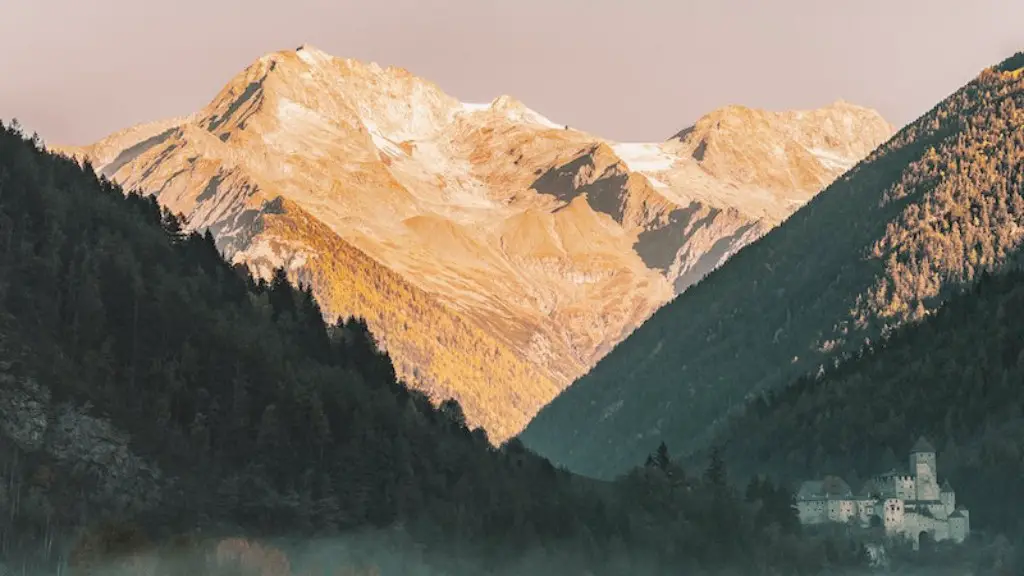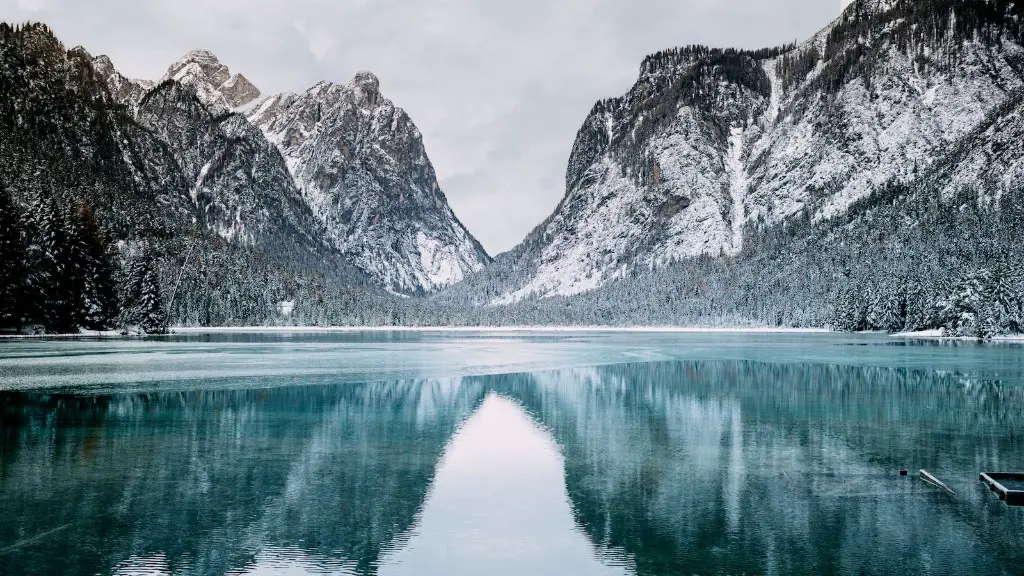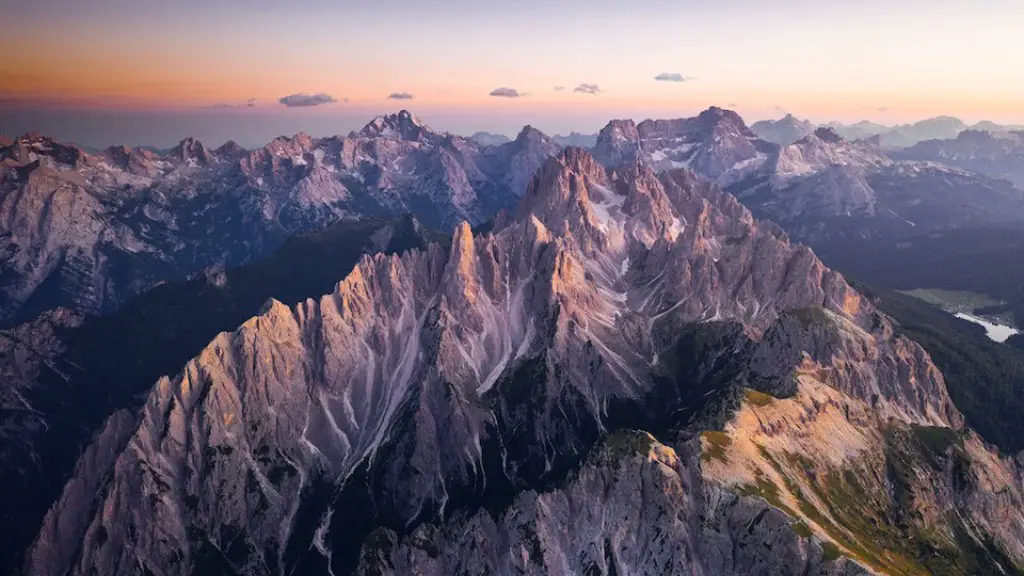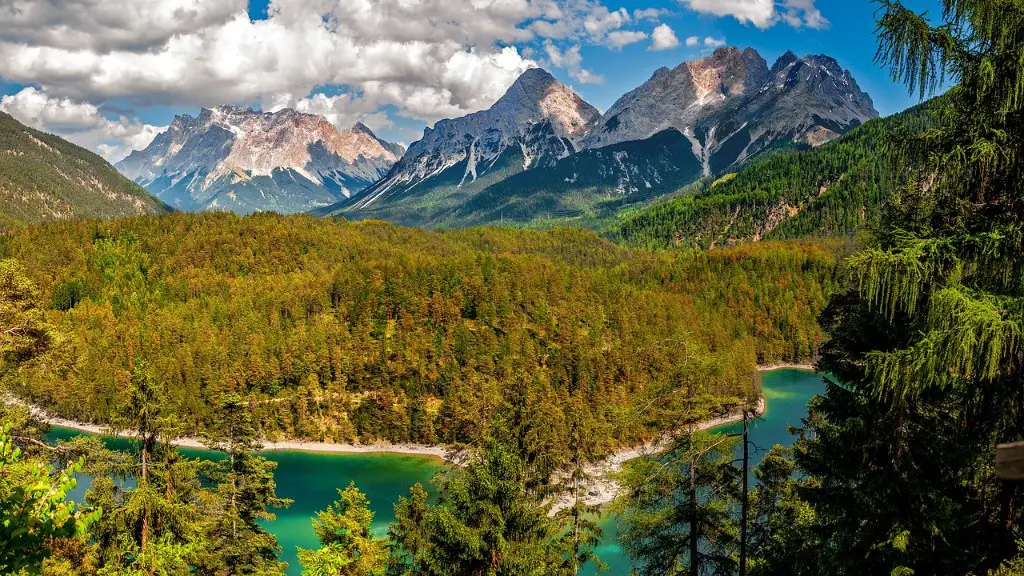There are many myths and misconceptions about mountaineering, and one of the most common is that mountaineers leave dead bodies on the mountain. This is simply not true. While it is true that there are bodies on mount everest, they are there because the conditions are too difficult to remove them.
There are around 200 bodies on Mount Everest that have not been able to be retrieved due to the difficult conditions.
How many bodies are left on Mount Everest?
It is estimated that there are over 200 bodies left on Mount Everest. The exact number is unknown as the conditions on the mountain are horrific and unrelenting. This means that two-thirds of the people that have died on Everest are still there.
It is estimated that the bodies of at least a third of all who have died on Everest remain there. Some of them are in pieces, pulled apart by avalanches. It is very dangerous to remove remains from the top of the mountain.
What happens to your body if you died on Mt Everest
The decision to leave bodies on the mountain is a difficult one, but it is often the best option for a number of reasons. The bodies can act as trail markers for other mountaineers, and it is often logistically difficult to remove them from the mountain. However, the sight of hundreds of bodies on the mountain can be a harrowing one for climbers.
George Mallory was one of the most famous British mountaineers of his time. He was the first person to attempt to climb Mount Everest, and he died in the attempt. His body was not discovered until 1999, and the cause of his death is still unknown.
Why aren’t bodies removed from Everest?
The bodies of climbers who die on Everest are often left behind because it is so difficult and expensive to remove them. This can be a problem for the families of the deceased, as well as for the mountain itself. The bodies can create a health hazard and attract scavengers, which can lead to more accidents. The cost of repatriation can also be prohibitive, sometimes upwards of $70,000. In some cases, it can be cheaper to simply leave the body behind.
The death zone is the area above 8,000 meters (26,247 feet) where the air is so thin that the human body can no longer function properly. The main cause of death in the death zone is exhaustion because the body is not able to get the oxygen it needs. Other causes of death include hypothermia, frostbite, and avalanches.
Most of the 200+ climbers who have died on Mount Everest have died in the death zone. The majority of these deaths have been due to exhaustion. Shorter stays in the death zone can also be deadly.
Who is the dead body on Everest?
It is thought that the unnamed climber’s corpse that became known as “Green Boots” is Tsewang Paljor, an Indian climber who died on Everest in 1996. Paljor’s body has become a marker on the mountain’s primary Northeast ridge route, serving as a warning to other climbers of the dangers that lie ahead. Although his identity has not yet been confirmed, it is believed that Paljor met his end during a fierce storm that swept the mountain, leaving him stranded and ultimately claiming his life.
Francys Arsentiev was an American mountain climber who passed away on Mount Everest in 1998. She was also known as the mountain’s Sleeping Beauty. She succeeded in ascending the highest mountain in the world, but she passed away on the way back to the base camp.
How cold is it at the top of Everest
The weather and climate on Mount Everest is one of extremes. Temperatures at the summit are never above freezing and during January temperatures can drop as low as -60° C (-76° F). Despite the low temperatures, the biggest issue faced by climbers are hurricane force winds and wind chill.
The top three causes of death on Everest are avalanches, falls, and mountain sickness. Most avalanches occur during descents when the body is exhausted and concentration is reduced. Falls and collapses often occur during descents when the body is exhausted and concentration is reduced. Mountain sickness with brain or lung edema is the most common cause of death on Everest.
How dirty is the top of Mount Everest?
Everest is one of the most popular destinations for climbers and adventurers, but it has become overrun in recent years. The mountain is littered with trash and human waste, and the overcrowding has led to dangerous conditions. The Sagarmatha National Park was created in 1976 to protect the mountain and its wildlife, but the problem has only gotten worse in recent years. The park is a UNESCO World Heritage site, but the government has not been able to effectively manage the crowds or keep the mountain clean. It’s time for a change, and Everest needs to be protected before it’s too late.
Altitude sickness can be a serious condition if not treated properly. Symptoms include pulmonary or cerebral edemas, which are buildups of fluid in the lungs and brain, respectively. These symptoms often occur together and are the body’s attempt to get more oxygen to these vital organs in response to the decreased oxygen environment at these high elevations. If you experience any of these symptoms, it is important to seek medical attention immediately.
What is the most famous body on Everest
Green Boots is an iconic figure on Mount Everest, serving as a grim reminder of the dangers of the mountain. The body is believed to be that of Tsewang Paljor, an Indian climber who perished on Everest in 1996. While the identity of Green Boots has never been officially confirmed, his body has become a landmark on the popular Northeast ridge route of the mountain. For many climbers, Green Boots is a poignant reminder of the dangers of summiting Everest.
Tsewang Paljor was one of the first climbers to attempt to summit Mount Everest from its north face. Unfortunately, he did not make it to the top and died in the process. His body was found not far from the summit and has since served as a grim trail marker for those attempting to conquer the mountain. Green Boots, as he has come to be known, is a reminder of the dangers of mountaineering and the importance of respecting the mountain.
What is the most famous dead body on Everest?
Green Boots is a famous body on Everest. It is the body of Tsewang Paljor, an Indian climber and constable with the Indo-Tibetan Border Police. Paljor’s body appeared where it is today on May 10th, 1996.
It is safe to say that the prices of expeditions to Mount Everest will continue to rise in the next few years. With the median price being $50,000, it is advised that those who are hoping to summit the mountain should start saving now.
Who was to blame for the 1996 Everest disaster
Krakauer placed blame on the guides and inexperienced climbers for the tragedy that unfolded on Everest in 1996. He believes that the guides, who were paid large sums of money, were ultimately responsible for leading the climbers into danger. While 98 other climbers were able to successfully make it to the summit, Krakauer believes that the guides should have known better and prevented the tragedy from happening.
Jordan Romero is an amazing young man who accomplished an incredible feat – he became the youngest person to ever summit Mount Everest! This remarkable achievement was made even more special because he did it with his father and step-mother by his side, as well as three incredibly experienced sherpas. Ang Pasang Sherpa, Lama Dawa Sherpa, and Lama Karma Sherpa helped Jordan make his dream a reality and enabled him to safely reach the summit of Everest. Everyone involved in this expedition is to be commended for their hard work, dedication, and determination – Jordan’s summit of Everest is an inspiration to us all!
Warp Up
No, they do not leave dead bodies on Mount Everest.
After looking at numerous sources, it seems that the answer to this question is most likely yes. With the high altitude and the difficulty of retrieving bodies, it seems that it would be logistically easier to leave them on the mountain.
